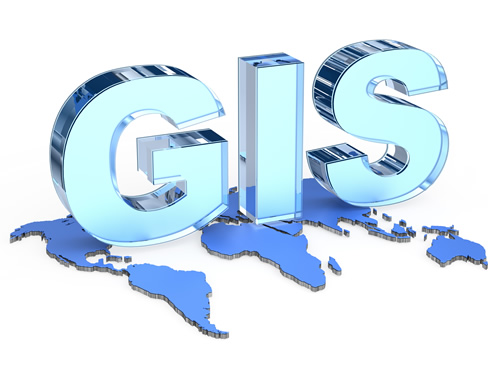Redrawing boundaries reallocates a district’s resources at a fundamental level, and with that reallocation comes a great deal of concern, anxiety, and turmoil as members of the district’s community worry whether their needs will be addressed properly. Compounding that tense situation, districts are often working with incomplete data and making what amounts to educated guesses about where resources will do the most good.
Muskogee Public (OK) Schools serves about 5,600 students across 13 school sites. Between a declining birth rate in the area that we serve and more students and their families choosing nontraditional options such as online schools, our enrollment recently shrank to the point that we needed to close a building and reallocate some of our resources.
We settled on turning one elementary school into a 6th grade center and then closing a middle school and moving its students to a larger elementary school. We’re closing only one building, but that still requires rezoning the remaining five elementary schools and the 2,700 elementary-aged students they serve.
Here’s how the strategic use of a wealth of data presented in easy-to-understand formats was key not just in informing our decisions but in making sure members of our community understood and supported those decisions.
Using data to understand needs
Leading the process was our long-range planning committee, a group of 35 community members selected by our school board, the superintendent, and prominent members of the community. To begin, the committee was operating under the assumption that our schools were neighborhood schools.
But when we began to dig in with our data software, a geographic information system (GIS) tool called ONPASS® Pro from Educational Data Systems, we found that one of our sites didn’t meet our assumption. This school is in a great neighborhood, and a lot of homes within its boundary feed into it. But the population in that part of town is aging. When we looked at the data, we found that the school had about a 65 percent intra-district transfer rate. It was hard to believe that only 80 kids attending this school lived within the actual school zone.
Related: 3 data-driven tips for successful bonds and levies
Seeing accurate and up-to-date data helped us look at things from several perspectives and understand students’ demographic attributes. The data made it clear that this was not actually a neighborhood school—we realized this was a low-income school area with more diversity than some other areas. Our software helped us create different planning scenarios that reflected both that data and the community’s input.
After studying the data, we changed our previous scenarios to be a better reflection of each area in town and provided instant feedback for our planning committee as it moved forward with the process.
Emotions do run high, especially when you’re dealing with people’s children, but once we were able to show them the facts—the actual lay of the land—it cooled things down. We had one school, for instance, on the west side of our district whose new boundaries will encompass about 45 percent of our whole district’s area. People didn’t understand why that school had such a large area, but when we showed them the GIS maps and where all the students actually live, folks suddenly grasped that it wasn’t an issue.
Creative solutions inspired by changing demographics
Another issue we were able to address with GIS was the economic diversity of our schools. Muskogee is not a particularly dense town, so we don’t have a typical inner city. But we do have an older part of town that is a little rundown and pockets around our district that include low-income housing.
We didn’t want a situation where we had one low-income school and then all the other schools. As we looked at the data and tried to balance and diversify our schools, we hit on a solution we hope will work not just for our students but may help to revitalize a struggling part of town.
Based on the data, we chose to make one of the schools there a magnet school focused on project-based learning. It will change the dynamic of the school, and we’re hoping that will extend to the community beyond.
Informing transportation decisions
ONPASS® Pro is not a transportation planning tool, but we were pleasantly surprised to find that it offered powerful insights for our transportation team.
We bus a lot of students at Muskogee, but it was eye-opening when the data revealed just how many students that actually was. With ONPASS Pro, we are able to look at more than simply where students live relative to schools. We can tie in metrics such as which students need before- or after-school care. Having data like that revealed that we needed to move one of the programs to a different site to serve more students and increase efficiency.
A community built on information
We work with the school board, of course, and they ultimately work for the public. But sometimes there’s still a disconnect, especially when we’re presenting scenarios that some members of the public do not view favorably.
Having a wealth of data at our fingertips, ready to be fired off in an email, detailed within a report, or displayed visually on a map, really helps to bridge that disconnect. Then everyone knows why things need to change and where the evidence says those changes need to happen.
When it comes to drawing new boundaries, the best way to begin is with a well-informed school board and a well-informed community. I’m proud to say—with the right tools—I was able to help that process go as well as it could in my district.
- High school students say AI will change the workforce - April 18, 2024
- Motivating students using the Self-Determination Theory - April 17, 2024
- Michigan Virtual’s statewide workgroup releasing AI guidance for K-12 educators - April 17, 2024


